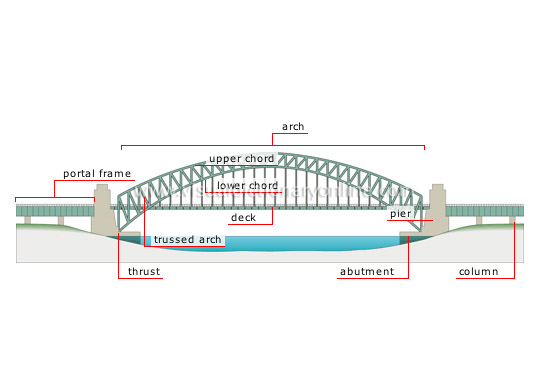

The main wooden parts of the bridge were covered by sheets of copper for additional durability. This was achieved by the careful fitting of the wooden parts and by the construction of the thick girders by clamping and binding them together with metal belts. Original construction įor nearly three hundred years, the many versions of the bridge stood without the use of metal nails. Each of the three middle spans is 35.1 meters long, while the two end spans are 34.8 meters for a total length of about 175 meters with a width of 5 meters. The bridge is composed of five sequential wooden arch bridges on four stone piers as well as two wooden piers on the dry riverbed where the bridge begins and ends.

Between 20, all five bridge girders were restored for the first time in 50 years. In 1922, the bridge was declared a national treasure. In 1953, the bridge was reconstructed similar to the original. It was in a weakened state at the time, as the Japanese had stopped maintaining the bridge during World War II. This maintenance involved periodically rebuilding the bridge: every 20 years for three spans in the middle, every 40 years for two spans that connect to the banks.Ĭonsequently, the footbridge remained intact for 276 years, until washed away again in a flood from typhoon "Kijia" in 1950.

As a result, the stone piers were redesigned for greater strength, and a special tax was created to maintain the bridge. Though thought to be flood-proof, the bridge was destroyed by a flood the next year. The new stone piers replaced the old wooden ones. Afterwards, Kintai Bridge was built by the third lord, Kikkawa Hiroyoshi in 1673. However, most of them were destroyed by floods several times before the construction of Kintai Bridge.
WOOD ARCH BRIDGE SERIES
After Iwakuni Castle was completed in 1608 by Kikkawa Hiroie, the first lord of Iwakuni Domain, a series of wooden bridges was built.


 0 kommentar(er)
0 kommentar(er)
